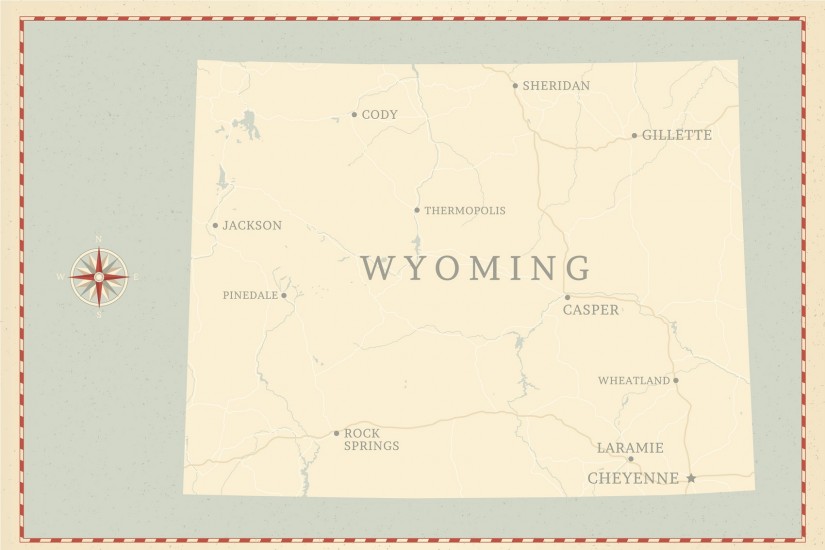A couple of hundred Muslims live in northeastern Wyoming, and last fall some of them pooled their money to buy a one-story house at the end of Gillette’s Country Club Road, just outside a development called Country Club Estates, in one of the nicer neighborhoods in town. They placed a sign at the end of the driveway, laid prayer rugs on top of the wall-to-wall carpeting, and began meeting there for Friday worship—making it, in function if not in form, the third mosque in the state.
Most locals reacted to this development with indifference or neighborly interest, if they reacted at all. But a small number formed a group called Stop Islam in Gillette to protest the mosque; to them, the Muslims it served were unwelcome newcomers to Wyoming, at best a menace to the state’s cultural traditions and at worst incipient jihadis. When those protests darkened into threats, the local police got involved, as did the F.B.I.
Whatever their politics, many outsiders, on hearing about Stop Islam in Gillette, shared at least one of its sentiments: a measure of surprise that a Muslim community existed in such a remote corner of the country. Wyoming is geographically huge—you could fit all of New England inside it, then throw in Hawaii and Maryland for good measure—but it is the least populous state in the Union; under six hundred thousand people live there, fewer than in Louisville, Kentucky. Its Muslim population is correspondingly tiny—perhaps seven or eight hundred people.
Contrary to the claims of Stop Islam in Gillette, however, the Muslims who established the mosque are not new to the region. Together with some twenty per cent of all Muslims in Wyoming, they trace their presence back more than a hundred years, to 1909, when a young man named Zarif Khan immigrated to the American frontier. Born around 1887, Khan came from a little village called Bara, not far from the Khyber Pass, in the borderlands between Afghanistan and Pakistan. His parents were poor, and the region was politically unstable. Khan’s childhood would have been marked by privation and conflict—if he had any childhood to speak of. Family legend has it that he was just twelve when he left.
What he did next nobody knows, but by September 3, 1907, he had got himself a thousand miles south, to Bombay, where he boarded a ship called the Peno. Eight weeks later, on October 28th, he arrived in Seattle. From there, he struck out for the interior, apparently living for a while in Deadwood, South Dakota, and the nearby towns of Lead and Spearfish before crossing the border into Wyoming. Once there, he settled in Sheridan, which is where he made a name for himself, literally: as Hot Tamale Louie—beloved Mexican-food vender, Afghan immigrant, and patriarch of Wyoming’s now besieged Muslim population.
